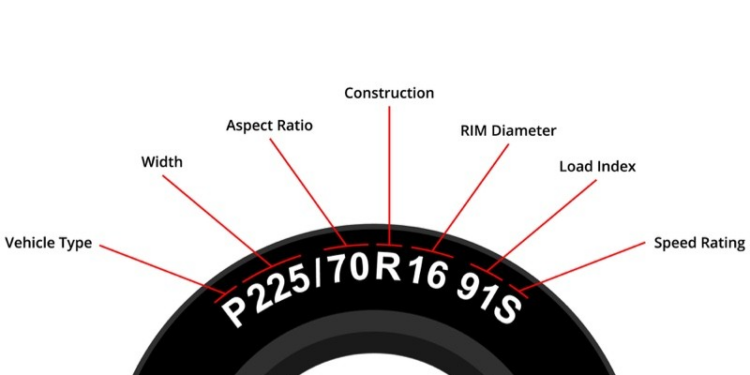Tires are one of the most critical components of a vehicle, directly affecting safety, performance, and fuel efficiency. For South African motorists, understanding the factors that influence tire size is essential for making informed decisions about tire maintenance and replacement. Here’s a comprehensive guide to help you navigate the complexities of tire sizes and their impact on driving.
The Importance of Tire Maintenance
Tires are the only part of the vehicle that makes contact with the road, making their maintenance paramount. Proper tire care not only ensures safety but also enhances driving performance. For many drivers, the variations in tire sizes can be confusing, especially when considering how these differences impact driving dynamics.
How Tire Size Affects Driving
Tire size, particularly width, plays a significant role in several aspects of driving:
- Grip and Stability: Wider tires provide a larger contact patch with the road, enhancing grip and stability. This is especially beneficial when cornering at high speeds or driving on wet or uneven surfaces.
- Handling and Performance: The increased contact area of wider tires improves handling, making the vehicle more responsive to steering inputs. This is crucial for sporty driving and high-performance vehicles.
- Fuel Efficiency: While wider tires offer better grip and handling, they also increase rolling resistance. This can lead to higher fuel consumption. Narrower tires, on the other hand, reduce rolling resistance, improving fuel efficiency.
- Comfort: Wider tires can sometimes provide a harsher ride due to their stiffer sidewalls and larger contact area. Narrower tires often offer a smoother ride, absorbing road imperfections more effectively.
Choosing the Right Tire Size
Automakers design vehicles with specific tire sizes to balance these factors and meet the unique requirements of each model. Here are some key considerations for choosing the right tire size for your vehicle:
- Vehicle Type: Heavier vehicles like SUVs and pickup trucks generally require wider tires to distribute the weight more effectively and maintain stability. In contrast, compact cars benefit from narrower tires that improve fuel efficiency and offer a smoother ride.
- Load Capacity: The load carried by the vehicle influences tire size. Vehicles that frequently carry heavy loads need wider tires to handle the increased weight without compromising safety and performance.
- Driving Conditions: South Africa’s diverse driving conditions—from urban roads to rural and off-road terrains—require different tire characteristics. Wider tires are advantageous for off-road and rugged conditions, while narrower tires are suitable for city driving and long-distance travel on highways.
- Driver Preferences: Personal preferences also play a role. Some drivers prefer the enhanced performance and sporty feel of wider tires, while others prioritize the fuel savings and comfort of narrower tires.
Making Informed Decisions
Understanding the impact of tire size on your vehicle’s performance and efficiency allows you to make informed choices. When selecting tires, consider the manufacturer’s recommendations, your driving habits, and the typical conditions you encounter. Regularly inspecting and maintaining your tires, including checking the pressure and tread depth, ensures optimal performance and safety.
Conclusion
For South African drivers, knowledge about tire sizes and their implications is invaluable. By balancing the benefits and drawbacks of different tire widths, you can select the best tires for your vehicle, enhancing safety, performance, and fuel efficiency. Whether you drive a compact car, an SUV, or a high-performance vehicle, choosing the right tires is a crucial part of vehicle maintenance.




